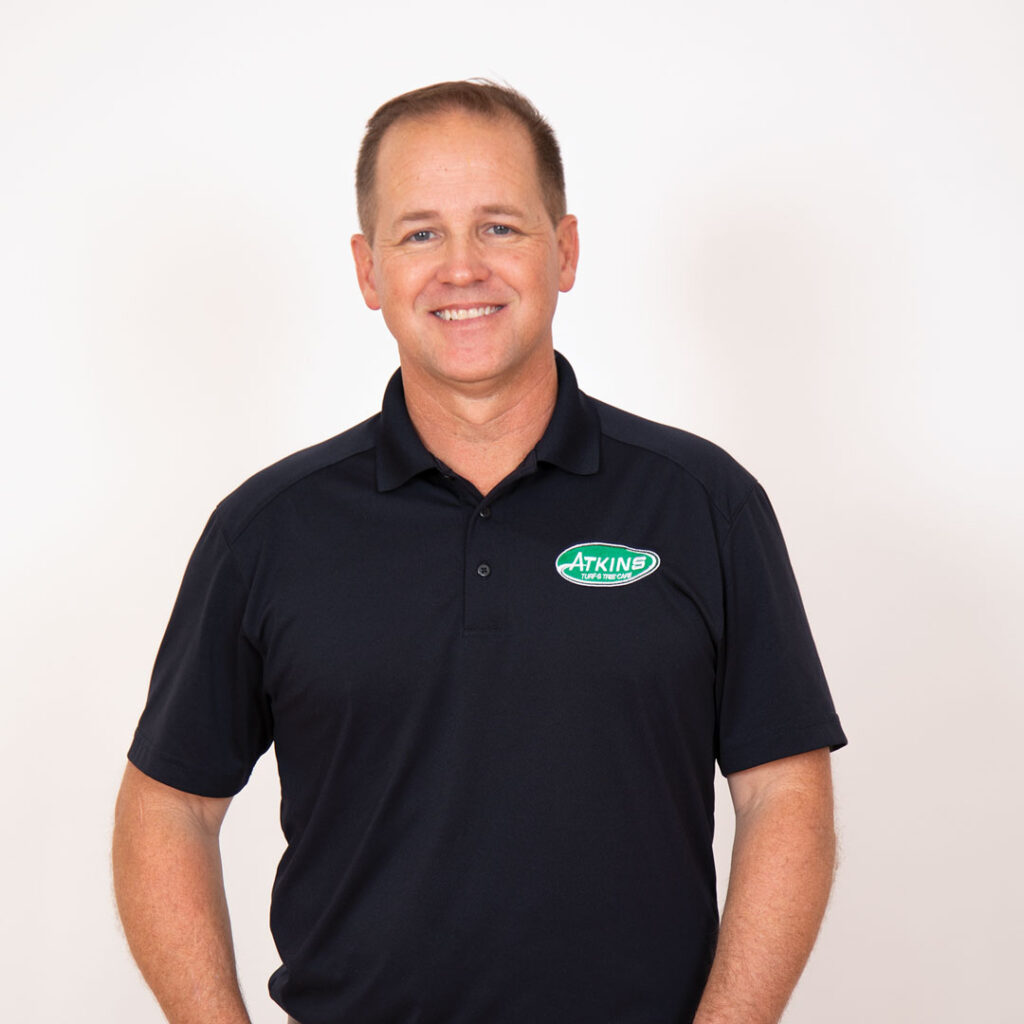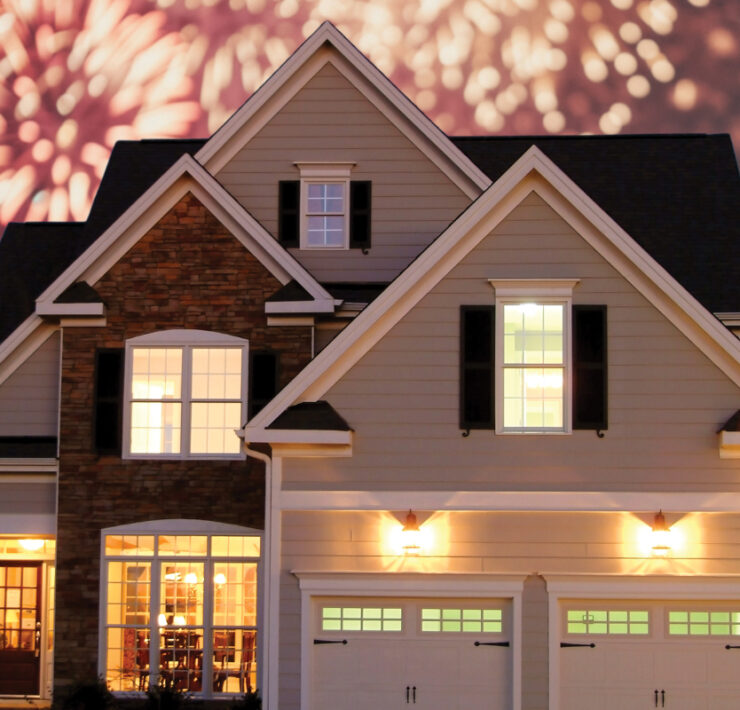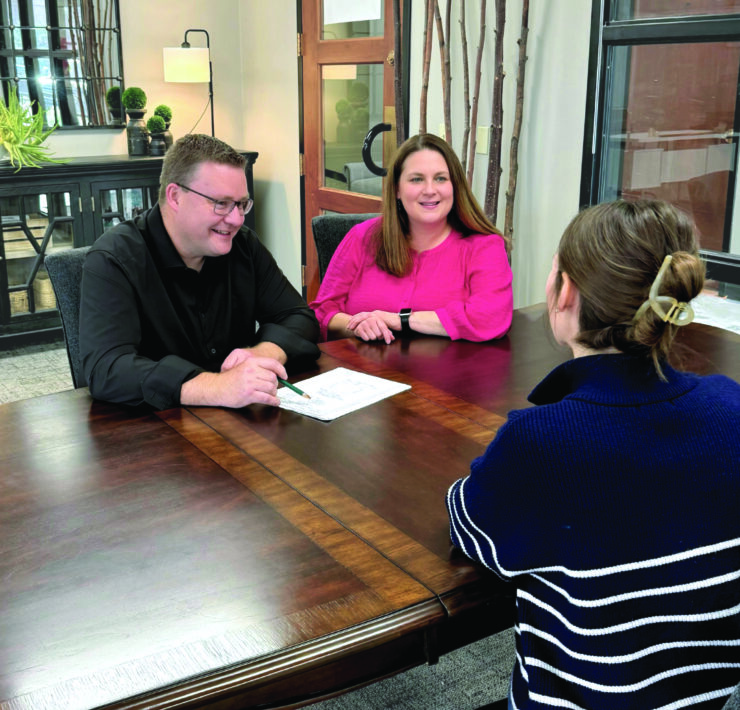Leave a Leaf Be?

I love autumn. In years past we spent a lot of time at soccer and football games with our boys. Now it’s more about sightseeing for the fall colors, hanging out by the fire, other outdoor activities, and the anticipation of the fast-approaching holiday season. Although fall colors are beautiful, the trees eventually drop those leaves. Photosynthesis and chlorophyll production slow to a stop as they sense the shortening of the days and the amount of sunlight the leaves are getting.
Where do the colors come from? Yellow and orange fall colors come from a substance called carotenoids. The green color of chlorophyll masks or covers up the color of the carotenoids. Once the chlorophyll disappears, the yellow and orange colors are revealed.
Red and purple leaf colors come from glucose, a by-product of photosynthesis that is trapped inside the leaf. The cooler nights of the fall trigger a chemical reaction in the glucose making it turn red and/or purple.
All leaves would turn brown if not for the presence of carotenoids or chemical reactions occurring. Many oak tree leaves just turn brown. It’s the result of all of the leftover waste from photosynthesis; not as exciting as yellow or red, obviously, but perfectly natural.
Once they fall, what happens? Once a leaf hits the ground it begins to break down. Animal, bacterial, and fungal activity help with that. Over time, the leaf releases its stored nutrition (nitrogen and phosphorus) and reverts back to simple carbon dioxide and water. (Good ol’ organic matter!) Aside from recycling nutrition back to the soil below, during the decomposition process, the leaves can act like a protective blanket, similar to mulch, where they collect and hold moisture for future use by the plant roots that live in the soil beneath it.
Should you leave the leaves where they are or clear them away? It depends. Leaves break down and turn into a natural mulch over time and add fertility back to the soil, plus they can suppress weed development and offer habitat for small creatures and micro-organisms that can benefit the soil. The organic matter improves the supply and availability of nutrients in the soil in addition to the water-holding capacity improvement. Soil structure (soil particles binding to form soil colloids) improves over time with organic matter additions as well.
If left on the ground, leaves could also be an issue. Many fungal and plant disease pathogens overwinter in leaf and twig debris. From there the disease pathogens could infect the tree/shrub and others the next spring. Many turf diseases overwinter in leaf litter as well. Other issues for your lawn and the falling leaves include blocking sunlight, water, and air movement, plus promoting the development of fungus, bacteria, and mold.
Smothering out of your turf this fall and winter results in bare spots next spring and summer which typically fill back in with weeds. Leaves that make it into our waterways can negatively impact our local water quality as well.
These are just a few points to ponder for making the best decision for you, your lawn, and your landscape. Or just enjoy the fall colors and let someone else sort it out for you! The Atkins team is here to help. That’s what friends and neighbors do!

A Columbia native, Shaun Henry found a home at Atkins in 2000 when he started his career as a turf technician. Shaun holds a commercial applicator’s license through the Missouri Department of Agriculture and is a member of the National Association of Landscape Professionals, the Mid-America Green Industry Council, and the Missouri Green Industry Alliance. Shaun strongly believes in the importance of a great customer experience where the Atkins staff knows their clients and anticipates their needs accordingly.
Shaun is an MU alumnus and has a degree in plant science.

573-874-5100
AtkinsInc.com








